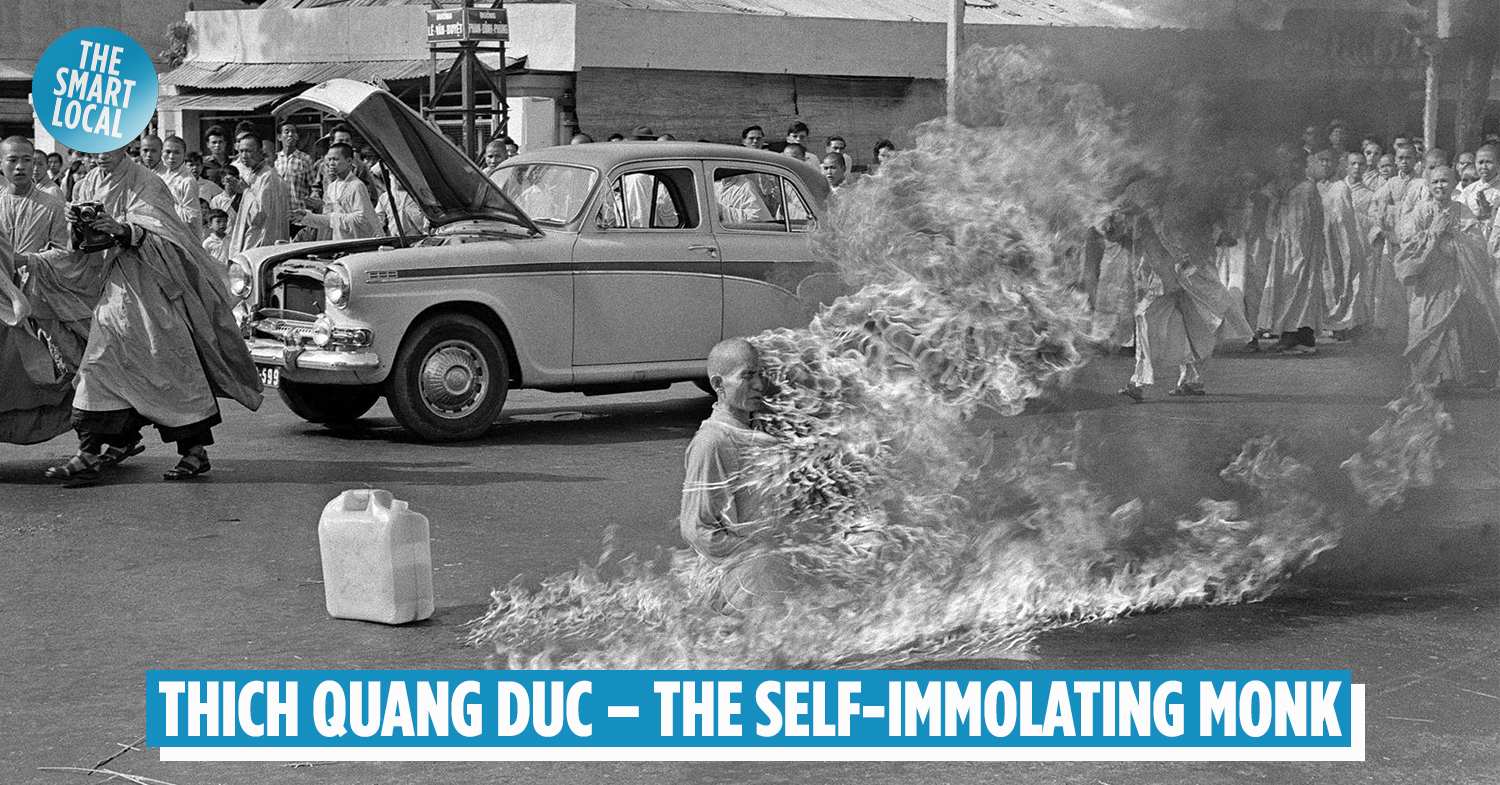Thich Quang Duc – the monk who self-immolated in 1963
Today, Buddhism is a common religion in Vietnam, practiced by millions of citizens. However, there was a time, over half a century ago, when it was driven to the brink of collapse by the then-South Vietnamese government.
It was during this darkest time that a monk stood up and, at the cost of his own life, changed everything.
On 11th June 1963, he set himself on fire on the streets of Saigon to protest the ruling government’s unfair treatment of Buddhism. His name was Thich Quang Duc.
Now, on the 58th anniversary of his death, we bring you the full story behind his heroic act, so that his noble sacrifice will never be forgotten.
A Buddhist devotee from an early age
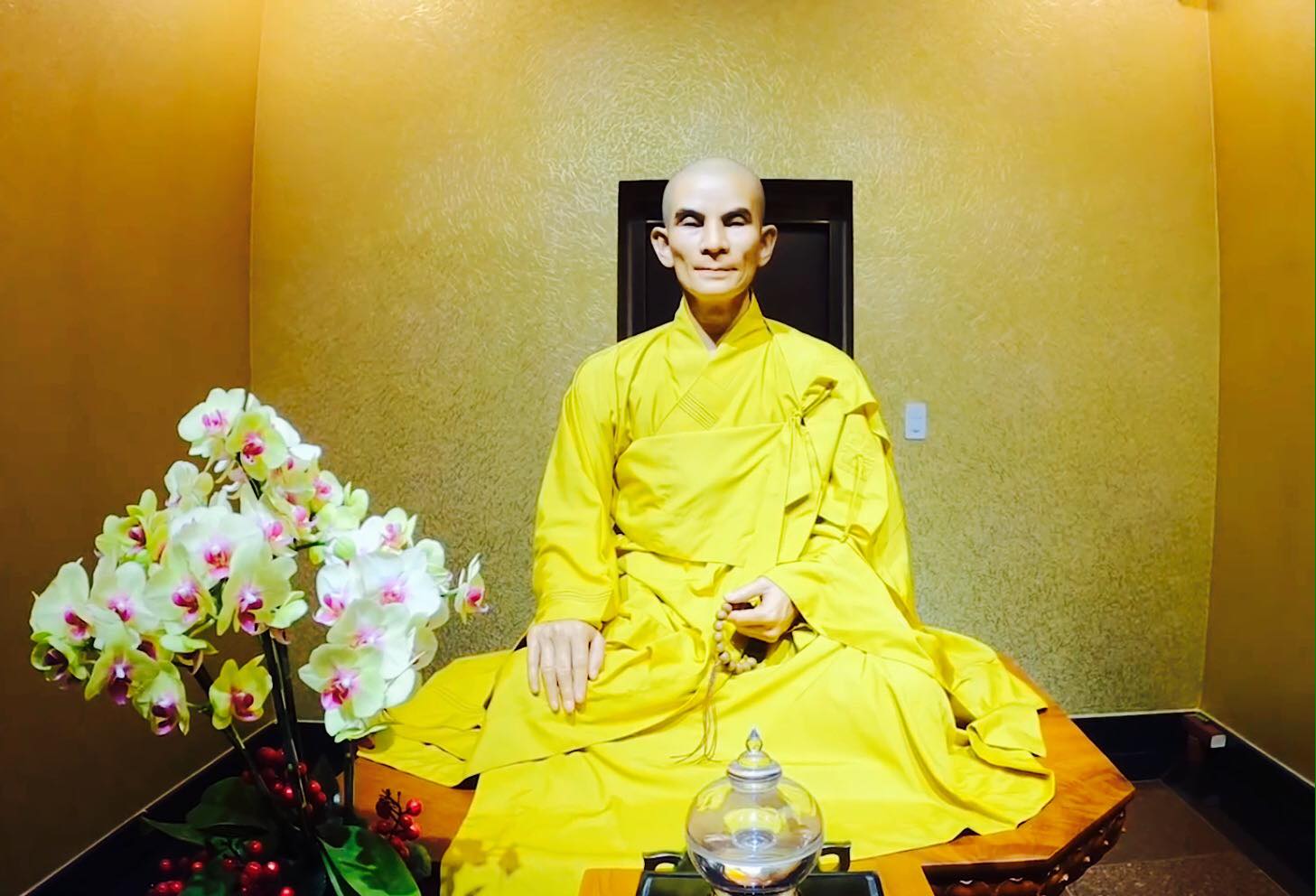
A statue of Thich Quang Duc
Image credit: Vietnam Buddhist Sangha
Thich Quang Duc was born in 1897 in Khanh Hoa Province as Lam Van Tuat. When he was 7, he entered the Buddhist novitiate under the tutorship of Monk Thich Hoang Tham, his uncle. During this period, he changed his name to Nguyen Van Khiet.
At the age of 20, he officially became a monk and adopted the dharma name Thich Quang Duc.
Later, he traveled across Vietnam to spread Buddhist teachings, contributing to the construction of over 30 pagodas throughout his life.
In 1963, when Buddhism was heavily prosecuted by the then-South Vietnamese government, Thich Quang Duc volunteered to commit self-immolation on the streets of Saigon as an act of protest. The event created a resounding effect that shook the entire world.
His sacrifice sparked a revolution
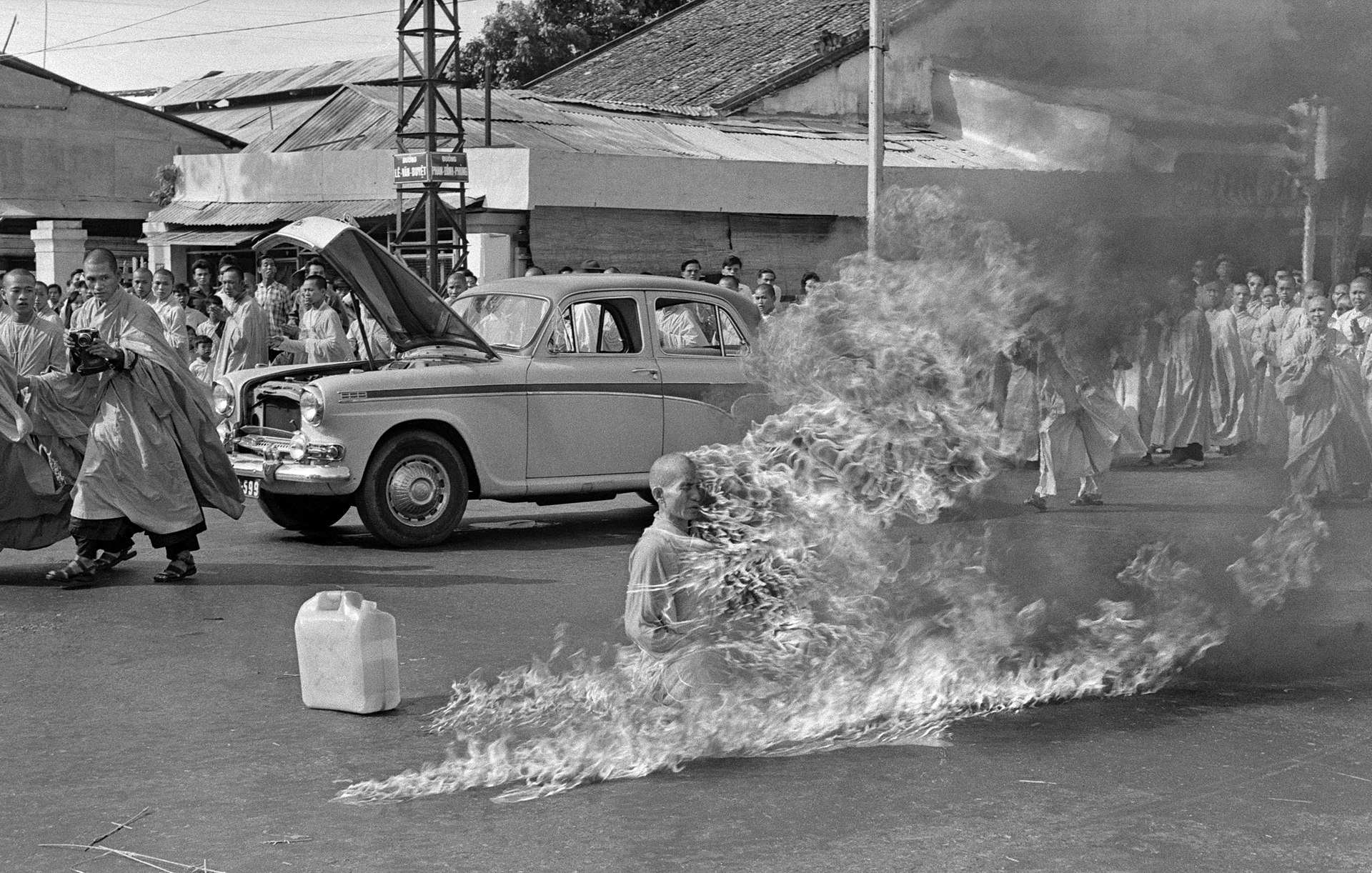
The world-famous photo of Thich Quang Duc’s self-immolation, captured by US photographer Malcolm Browne
Image credit: Wikipedia
To understand the full scope of Quang Duc’s sacrifice, we need to look at the historical context of the time.
In 1954, Vietnam was divided into two governing parties: the Communist Party in the north, and the democracy in the south led by President Ngo Dinh Diem.
As Diem was a stalwart follower of Catholicism, he issued various policies favoring members of his own religion while discriminating against Buddhist practitioners.
Religious tensions came to a boiling point in May 1963, when the southern government forbade the displaying of the Buddhist flag just days before Vesak Day. Despite the ban, many devotees still marched the streets of Hue City on the Buddhist holiday, flying the flags of their religion in an act of defiance. They were shot at by government forces, and several casualties were reported.
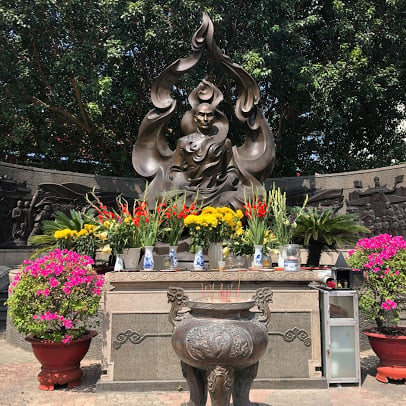
A memorial was erected in Quang Duc’s name, at the very place where he performed his noble sacrifice
Image credit: sinan ugurel
With the conflict reaching its peak, Thich Quang Duc took drastic action.
On the morning of 11th June 1963, he led over 300 monks and nuns to an intersection just a few blocks from the Presidential Palace in Saigon – now the Independence Palace. There, he sat down calmly as another monk doused him in petrol.
Then, proclaiming his devotion to Buddha, Quang Duc struck a match and lit himself on fire, much to the shock of witnesses. It was said that he remained completely still and did not utter a sound as the fire consumed his flesh.
Reports of the earth-shattering event, captured by photographer Malcolm Browne in a world-famous picture, made press rounds internationally and invoked strong emotions.
South Vietnam’s government was faced with massive global backlash, which played a large part in leading to Ngo Dinh Diem’s downfall just 5 months later.
Thich Quang Duc’s heart presumably survived his cremation and was preserved as a holy relic
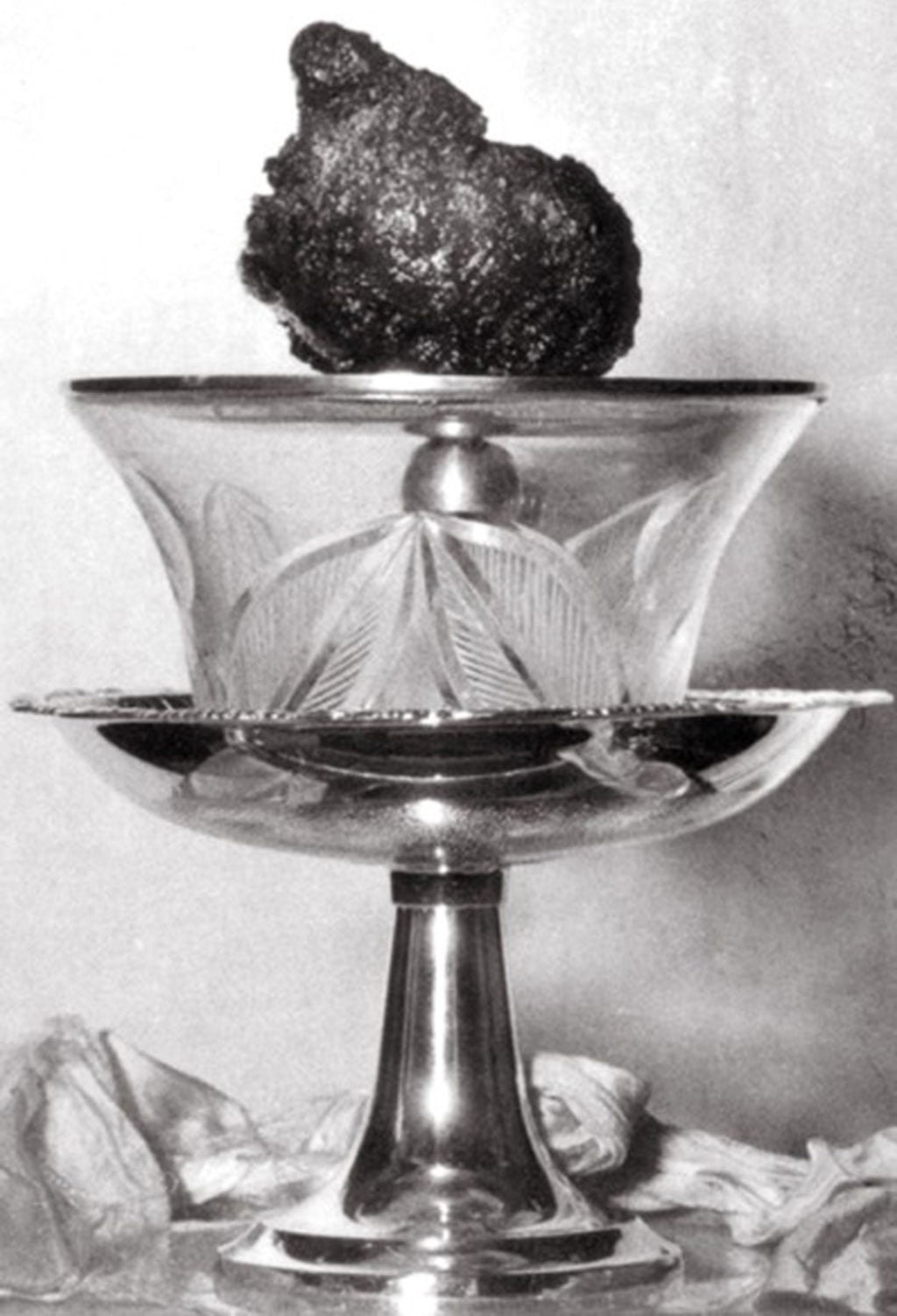
A photo presumably of Thich Quang Duc’s unburned heart
Image credit: Thanh Nien
Following Thich Quang Duc’s self-immolation, his remains were taken to the nearby Xa Loi Pagoda for a full cremation.
However, there were claims that while the fire returned his body to ashes, his heart refused to burn. It was considered holy and kept in a glass chalice for worship.
Over the years, the relic has been relocated multiple times. Today, it is presumably being preserved in a bronze urn at the Viet Nam Quoc Tu Pagoda in Saigon. The urn is sealed shut, however, and it is unclear whether it actually contains the sacred heart or not.
Regardless, Thich Quang Duc’s sacrifice will forever be remembered by Vietnamese Buddhist followers.
For more stories, check out:
- 10 pagodas in Vietnam with antique architecture
- Tam Chuc Pagoda – a new religious spot in Vietnam
- 10 magnificent cathedrals in Vietnam
- 8 traditional Vietnamese festivals
- Vietnamese wedding traditions to know
Cover image adapted from Wikipedia
